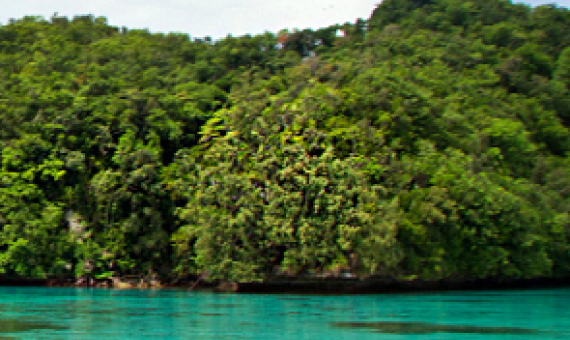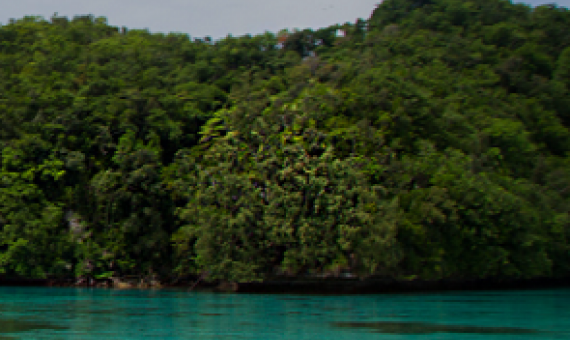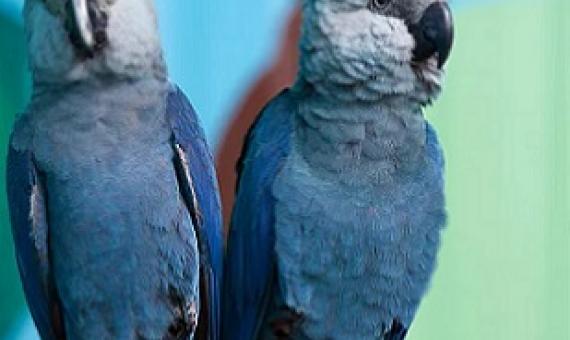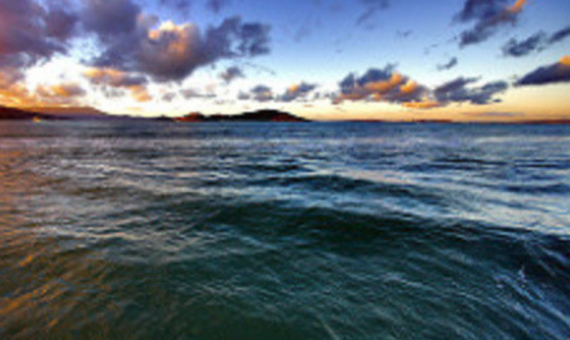The Palau International Coral Reef Center (PICRC) just published an important scientific article in the peer-reviewed journal “Estuarine, Coastal and Shelf Science” entitled “Oceanographic chaos and its role in larval self-recruitment and connectivity among fish populations in Micronesia”.
Biodiversity and Protected Areas
Protected areas are key to biodiversity conservation. While the value of protected areas is generally undisputed, challenges remain. Many areas designated as protected were created for objectives other than biodiversity conservation, and those objectives can conflict with biodiversity conservation. Protected area legal status is, in many cases, impermanent.
Researchers at the Palau International Coral Reef Center (PICRC) are investigating the movement patterns of fish between open ocean and coral reef environments, in order to better gauge the connectivity between the Palau National Marine Sanctuary (PNMS) and areas open to fishing.
Humans are dismantling and disrupting natural ecosystems around the globe and changing Earth’s climate. Over the past 50 years, actions like farming, logging, hunting, development and global commerce have caused record losses of species on land and at sea.
Guidelines for conserving connectivity through ecological networks and corridors
Ecological connectivity is the unimpeded movement of species and the flow of natural processes that sustain life on Earth.
The current application of ecological connectivity in the design of marine protected areas
Marine protected areas (MPAs) are an area-based conservation strategy commonly used to safeguard marine biodiversity and ecosystem services. Ecological connectivity governs the exchange of individuals among spatially fragmented habitats and is often highlighted as an important element in the design of MPAs. However, the degree to which measured or modelled representations of connectivity are applied to marine management decisions worldwide remains unclear.
Ecological connectivity between the areas beyond national jurisdiction and coastal waters: Safeguarding interests of coastal communities in developing countries
The UN General Assembly has made a unanimous decision to start negotiations to establish an international, legally-binding instrument for the conservation and sustainable use of marine biological diversity within Areas Beyond National Jurisdiction (ABNJ). However, there has of yet been little discussion on the importance of this move to the ecosystem services provided by coastal zones in their downstream zone of influence.
Global trends in protected area connectivity from 2010 to 2018
Connectivity of protected areas (PAs) is needed to ensure the long-term persistence of biodiversity and ecosystem service delivery. The Convention on Biological Diversity agreed in 2010 to have 17% of land covered by wellconnected PA systems by 2020 (Aichi Target 11). We here globally assess, for all countries, the trends in terrestrial PA connectivity every other year from 2010 to 2018 using the ProtConn indicator, which quantifies how well the PA systems are designed to support connectivity.
This research found that coastal regions of some least-developed countries (LDCs) are connected to areas beyond national jurisdiction (ABNJ) through larval dispersal and the potential dispersal of pollutants. Click on the link below to read the full article.
Protected area connectivity: Shortfalls in global targets and country-level priorities
Connectivity of protected areas (PAs) is crucial for meeting their conservation goals. We provide the first global evaluation of countries' progress towards Aichi Target 11 of the Convention on Biological Diversity that is to have at least 17% of the land covered by well-connected PA systems by 2020. We quantify how well the terrestrial PA systems of countries are designed to promote connectivity, using the Protected Connected (ProtConn) indicator. We refine ProtConn to focus on the part of PA connectivity that is in the power of a country to influence, i.e.










